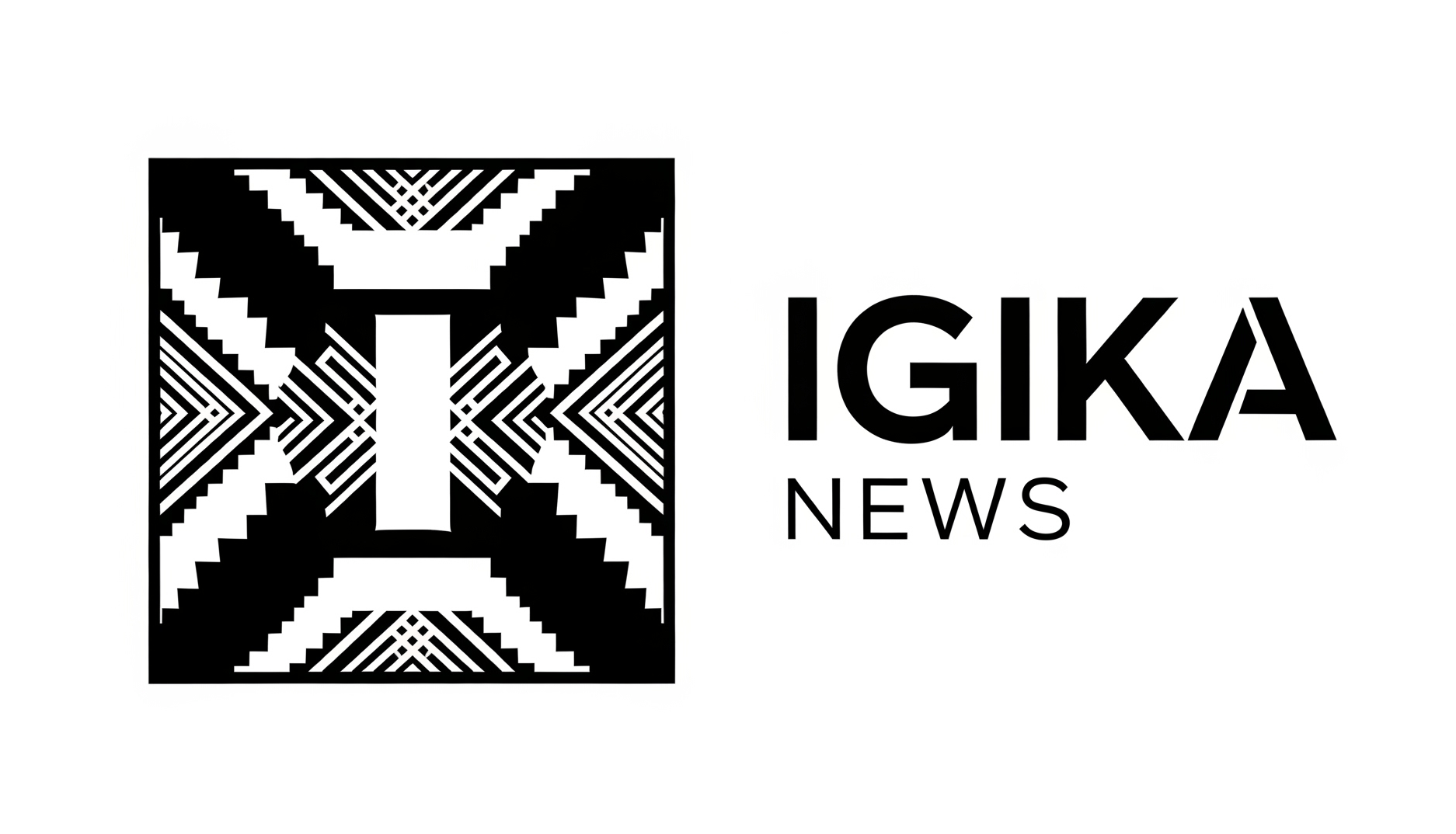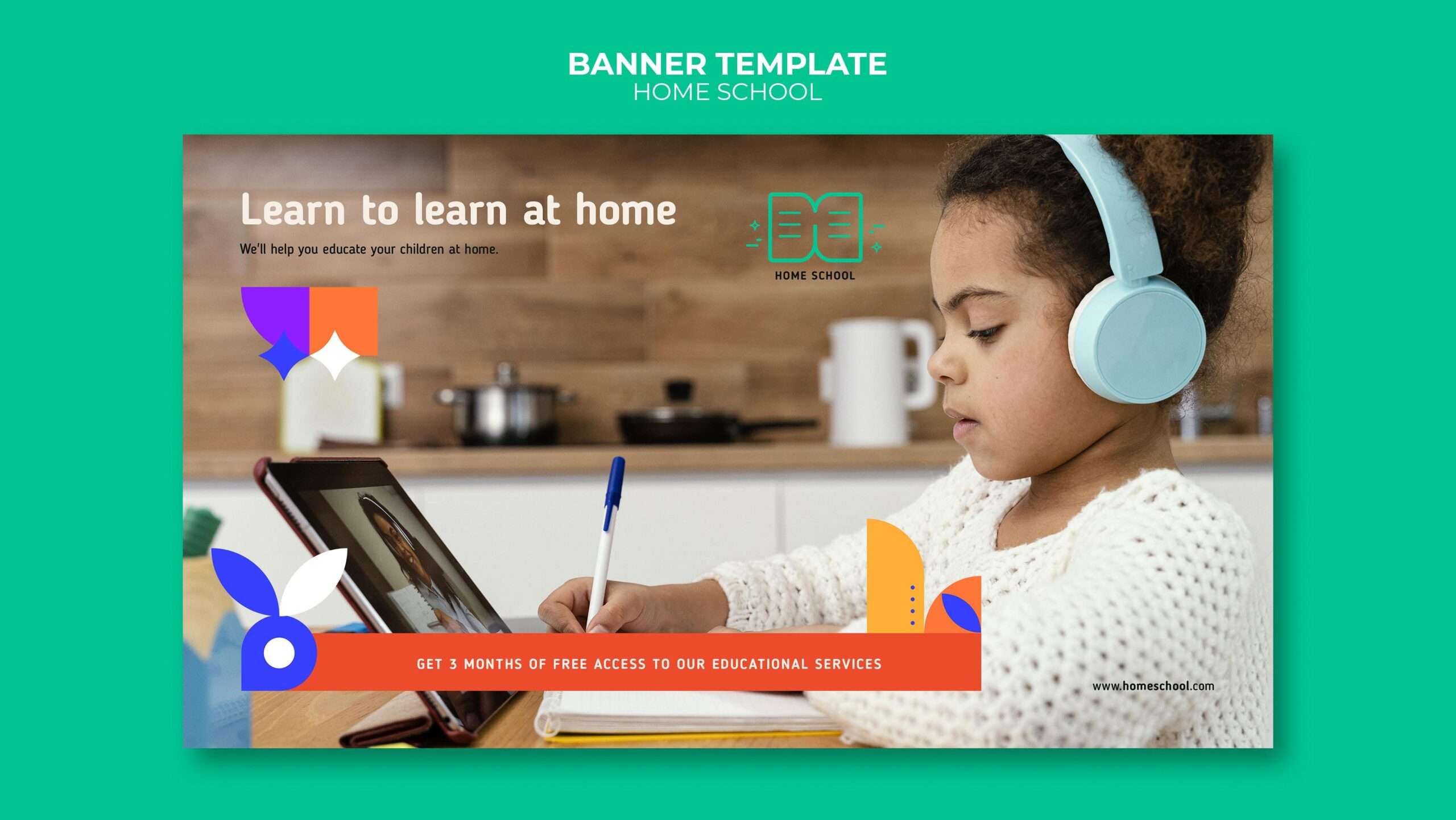How to Choose the Best Online Course to Advance Your Career
Introduction: How to Get Around in the World of Digital Learning
In an instant, the world of work changed. What used to be a predictable path of static skills and straight career paths has changed into a dynamic, constantly changing landscape. The skills that got you hired yesterday might not be enough to keep you competitive tomorrow. It’s not a threat that things are changing so quickly; it’s an amazing chance for people who are willing to keep learning throughout their lives. And at the front of this change in education? The course is on the internet.
Online learning is no longer just for people on the fringes; it has become the most flexible, accessible, and often affordable way to improve your skills. There are so many options, from a coding bootcamp that can help you start a new career to a specialized certification that can help you do your current job better. It’s a digital buffet of information, with everything from the subtle details of AI to the timeless skill of good communication.
But this ease of access comes with its own problem: how do you sort through all the options to find the best online course that really fits your career goals and helps you move forward? This isn’t just about choosing any course; it’s about making a smart investment in your future.
The New Era of Professional Growth
Remember what it was like ten or twenty years ago? Professional development used to mean going to costly, time-consuming seminars, workshops, or maybe even getting a part-time degree from a nearby school. There were a lot of things that made it hard to get in, like where you lived, how strict your schedule was, and how much money you had to spend. Because of the internet, those barriers have mostly gone away. People in Kigali, Rwanda, can learn from Harvard professors or Google engineers without ever leaving their home or office. This opening up of education has made it fairer for everyone. Now, anyone with an internet connection and a desire to learn can get world-class instruction.
It’s not just about being easy, though. It’s about staying alive and doing well in a job market that needs people to be flexible. Industries are coming together, new technologies are coming out every day, and some skills are becoming less useful over time. Continuous learning and gaining new skills are no longer optional; they are necessary for long-term career growth. Leaders will be those who can quickly learn new skills, adapt to changing needs, and use the latest tools. This is exactly where it becomes very important to know how to find the best online course.
Why you need to take online courses to move up in your career
There are many clear and undeniable benefits to using the internet for professional development. Let’s look at why this way of learning isn’t just a fad but an important part of getting ahead in today’s job market:
- Unmatched Flexibility: This is probably the best thing about it. Most online courses let you learn at your own pace and on your own time. This is very helpful for busy people who have to balance work, family, and other responsibilities. Online learning fits into your life, whether you’re an early bird who wants to finish a module before dawn or a night owl who does best after hours. This flexibility is a game-changer because it lets you easily fit learning into your daily life without having to give up other things you need to do.
- Cost-Effectiveness: Some premium online programs can be very expensive, but many online courses are much cheaper than going to school in person. You save money on tuition, of course, but also on travel, lodging, and even the often-overlooked cost of lost work hours. This makes it easier for more professionals to get a good education, which means that money problems are less of an obstacle to advancement.
- Diverse and Specialized Offerings: The traditional academic system can be slow to change when the needs of the industry change quickly. But online platforms are flexible. They offer a huge variety of courses, from very specific technical skills (like “Advanced PyTorch for Deep Learning”) to very important soft skills (like “Effective Remote Team Leadership”). You can find a course on just about anything, so you can focus on the skills that are most important for your career path. This huge selection makes it more likely that you’ll find the best online course for your specific niche.
- Improved Retention through Engagement: Many online learning platforms today use interactive features like quizzes, simulations, discussion forums, and hands-on projects to keep students interested. This goes against the stereotype that online learning is passive. Research shows that learning online in an interactive way can help you remember things better than more passive ways. You remember things better when you do and talk about them.
- Developing Digital Fluency: By using online learning platforms, you automatically learn important digital skills. Being able to use learning management systems, work together on online documents, take part in virtual discussions, and use digital research tools all make you more tech-savvy, which is a skill that almost every job needs these days.
- Global Networking Opportunities: People from all over the world can often meet and learn together in online courses. This gives you a great chance to meet people from different backgrounds and work cultures, including peers, professionals in your field, and even possible mentors. These connections can help you learn a lot, work on projects with others, and find job opportunities in the future. The professional network you make online can have just as much of an effect as the skills you learn.
- Personalized Learning Paths: A lot of online platforms use adaptive learning technologies that can change the content and speed to fit your needs and progress. This personalized approach makes sure that you’re pushed but not overwhelmed, and it focuses on the areas where you need the most work.
This guide is meant to help you find your way in this huge digital learning ocean. We’ll give you a strategic framework, useful advice, and important things to think about so that you can find not just any online course, but the best one for your career. This will make sure that your learning journey is both rewarding and life-changing.
What do you really need to define your professional compass?
Before you even start looking through course catalogs, the most important thing to do is to look inside yourself and outside yourself to learn about yourself, your career goals, and the field you want to work in. If you don’t have this clear direction, you might sign up for classes that don’t help you reach your goal, which wastes time and money.
Step 1: Look at yourself and set goals
This is when you start planning your own career. It needs you to be honest with yourself and look ahead.
Finding out what you want to do with your life
What does “advancing your profession” really mean to you? Is it
A promotion in your current job or department? If so, what exact skills do you need to move up to that next level of responsibility? Is it better communication, leadership, or advanced technical skills? For example, if you want to move up from being an analyst to a senior analyst, a course on “Data Storytelling” might be more useful than a basic “Introduction to Python.”
A Whole New Career? This is a bigger jump, so you might need to take more basic courses or even specialize. If you work in marketing and want to become a software developer, you should look for a full “Full Stack Web Development Bootcamp” instead of just a short course on “HTML Basics.”
Getting better at a certain skill to do better? You might be happy with your current job, but you want to get better at something specific, like project management methods, digital marketing analytics, or cloud computing. You would look for specific courses here, like “Google Analytics 4 Fundamentals” or “Agile Project Management Certification.”
Are you thinking about starting your own business? To be an entrepreneur, you need to know a lot about marketing, finance, the law, and product development. You could look for classes on “Funding for Startups” or “Digital Marketing for Small Businesses.”
Be very honest with yourself. What makes you happy? What do you think you’ll be doing in three to five years? A clear vision will help you find the best online course that will help you get there by narrowing down your search.
Finding Skill Gaps:
The next step is to figure out how far away you are from your career goal.
Current Skill Audit: Write down what you’re good at and what you’re not so good at. What skills do you use every day? What kinds of work do you find hard?
Job Description Analysis: Read the job descriptions for the jobs you want. What skills do employers always say are “required” or “highly desirable”? If you want to work in data science, for example, you might see Python, R, SQL, machine learning, and data visualization. If you don’t know how to use Python well, a “Python for Data Science” course should be at the top of your list of things to do.
Are there certifications that are required or highly valued in the industry? Certifications like CompTIA A+, Cisco CCNA, or AWS Certified Cloud Practitioner are often necessary in IT.
Feedback from Managers and Mentors: If you’re comfortable, ask trusted coworkers, mentors, or your manager for feedback. They might be able to tell you what you need to work on or what skills you need to learn to be more useful to the company.
Tip: Make a simple matrix. Write down the job you want and the skills you need for that job, and then rate your current level of skill (1-5) for each. This picture will make it very clear what skills you need to work on.
Looking into trends in the industry:
Your skills shouldn’t stay the same, just like the world. To learn proactively means to plan ahead for what you will need in the future.
LinkedIn is a great tool for professional networking. Check out the skills that people in your desired roles or peers are listing. Follow thought leaders in your field and pay attention to what they talk about.
Industry Reports and Publications: Tech giants like Google and IBM, consulting firms like McKinsey and Deloitte, and specialized industry groups often put out reports on the skills that will be in demand in the future and new technologies that are coming out.
Job Market Analysis Tools: Websites like LinkedIn, Glassdoor, and Indeed often show you which skills are in demand based on job postings.
Podcasts and webinars are two ways that many experts in the field share useful information about what will happen in the future. Pay attention to what people are saying about new skills.
If you work in marketing, for instance, you might notice that generative AI tools are becoming more and more important for making content and planning. This information would make you look for the best online course on “AI for Marketing” or “Prompt Engineering for Marketers.”
Knowing Your Learning Style and When You Can Learn
It’s important to know how and when you learn best after you know what you need to learn. This helps keep people from getting angry and quitting.
Self-Paced vs. Paced:
Paced courses usually have a set start and end date, weekly due dates for assignments, and live sessions that are scheduled. They give you structure and make you responsible, which can be great for people who need outside motivation. A lot of university-backed courses on Coursera and edX are in this group.
Self-paced courses let you start and finish whenever you want and go through the material at your own speed. This gives you the most freedom, which is great for people whose schedules change all the time. A lot of the content on platforms like Udemy and LinkedIn Learning is self-paced.
If you have trouble being disciplined, a paced course or one with regular check-ins might be the best online course format for you. Self-paced is probably a better fit if your schedule is very unpredictable.
Learning by doing vs. learning by watching:
What is the best way for you to learn?
Active Learners: Do you learn best when you do things, talk about them, and use them? Check out classes that have:
- Live Q&A sessions: Talk to your teachers directly.
- Discussion forums: talking to other students, asking questions, and making things clear.
- Hands-on projects and labs: Putting what you learn in class into real-life situations. (Pluralsight’s interactive labs and Udacity’s projects, for example).
- Peer reviews: Getting comments on your work from other students.
- Passive Learners: Do you like to learn mostly by listening to lectures and reading? A lot of classes offer this, but adding some active parts can help you remember what you learned.
Time Commitment:
Be brutally honest with yourself about how much time you can spend each week, not just at first but all the time.
A 10-hour course spread out over 5 weeks means 2 hours a week. But you should also think about how much time you need for homework, review, and maybe even re-watching lectures.
Set a time: Make learning a priority by putting it on your calendar like any other important meeting.
Don’t Overcommit: It’s better to do well in one course than to sign up for three and then drop them because you don’t have enough time.
If you’re new to learning online, start with small steps. You can test your skills and gain confidence before signing up for a longer, more intensive program by taking a shorter course or doing a guided project, like those on Coursera Project Network. This also helps you find the best online course format for how much time you can put into it.
The Deep Dive: Looking at Possible Online Courses
It’s time to look closely at the courses themselves once you know what you want and need. This is when you stop looking inward and start looking outward, using a critical eye to make sure you pick the best online course that really gives you value and a good return on your money.
The Gold Standard for Credibility and Accreditation
Accreditation is your first and most important filter in the big, sometimes unregulated world of online education. It’s a sign of quality and realness.
What to Look For:
University Affiliation: Courses from well-known universities like Harvard, MIT, and Stanford that are offered through platforms like Coursera and edX are automatically considered academically credible. These organizations have set up ways to check the quality of their work.
Professional Body Endorsement/Certification: A lot of fields have professional groups that offer or support certain certifications. For example, the Project Management Institute offers the PMP certification, CompTIA offers IT certifications, and HubSpot offers marketing certifications. Employers often highly value a course that prepares you for or gives you a certification like this.
Accrediting Bodies: Make sure that the school is accredited by a national or regional accrediting body in its home country if you want to get a full online degree or diploma. This makes sure that the program meets certain quality standards.
Reputable Company-Backed Programs: Big tech companies like Google, IBM, and Microsoft offer their own professional certificates on sites like Coursera. These are often very useful, directly applicable, and well-known in their fields.
Checking for Legitimacy:
Sadly, the internet also has providers who aren’t real. To make sure you don’t get scammed, do this:
Don’t just believe what the course provider says; look at the accrediting body’s website. Go to the website of the accrediting body that is said to be responsible and look for the school or course there. If it’s not on the list, that’s a big sign that something is wrong. (Source: DigitalDefynd’s “How to tell if an online course is real or a scam?”).
Check the reputation of the research provider by reading reviews on sites like Trustpilot, Google Reviews, or specialized education review sites like ClassReviewed.com. Be careful of providers that get a lot of bad reviews, especially about the quality of their courses, their support, or promises they don’t keep.
Legitimate courses are open about their curriculum, instructor qualifications, fees, and refund policies. Warning signs include vague descriptions, promises that aren’t realistic (like “guaranteed job placement immediately”), or trouble finding contact information. (Source: DigitalDefynd’s “How to Choose an Online Course? [An Ultimate Checklist]”).
Business Registration: If you’re an independent course creator or run a small platform, make sure they are a legally registered business in their country. You can usually find this information in the footer of their website or by doing a quick search of business registries online.
If a course or platform looks too good to be true, it probably is. When in doubt, always do your homework and be careful. The best online course is one that has both useful information and real credentials.

What You Really Get with the Curriculum and Course Content
The course description may sound great, but you need to look more closely at the actual material. This is where you find out if the course really gives you what you need.
A close look at the syllabus:
Does the syllabus clearly list the exact topics and subtopics that will be covered? This helps you get a better idea of how deep and wide the material is. For example, if you want to learn “Data Visualization,” does the syllabus go over specific tools like Tableau or Power BI, or does it just give a general overview of the theory?
Current Content: Make sure the content is up to date, especially in fields related to technology. A course that is out of date on a technology that is changing quickly (like a programming language version from five years ago) might do more harm than good. Check for new changes or updates.
Does the course build on what you’ve learned so far and move on to more difficult topics? Is the material broken up into lessons or modules that are easy to handle?
What you will learn:
Clearly Defined and Measurable: A good course tells you not only what you will learn but also what you will be able to do when you finish. A measurable outcome is “By the end of this course, you will be able to build a responsive website using HTML, CSS, and JavaScript.”
Do these learning outcomes directly help you fill in the skill gaps you’ve identified and reach your career goals? If you want to use Agile to manage projects, a course that promises to “understand the principles of project management” might not be specific enough. You need one that teaches you how to use Agile methods.
How to Use It in Real Life:
Theoretical knowledge is often not enough to move up in your career. You need to be able to use what you learn.
Look for classes that have coding exercises, data analysis projects, design challenges, case studies, or simulations as part of their hands-on work. These are very helpful for making sure you understand and building a portfolio. For example, a lot of Udemy courses are based on projects, and a lot of Udacity Nanodegrees end with big projects.
Real-World Scenarios: Are the problems or challenges in the course similar to those you would face in your target role?
Tools and Software: If the course uses certain software, does it give you access to it (for example, through virtual labs) or clear instructions on how to get it and use it?
Tip: When looking at several courses, choose the one that gives you the most chances to use what you learn in real life. A portfolio of finished projects is often more impressive than just a certificate. This focus on real-world skills is what makes the best online course the one that really helps your career.
The Teacher’s Knowledge and Way of Teaching
The person who gives you the information can make or break your learning. A great subject matter expert might not be a great teacher, and the other way around.
Who’s in Charge of Learning?
Credentials and Experience: Look into the teacher’s past. Do they have the right degrees, like a Ph.D. or a master’s? More importantly, do they have a lot of real-world experience in the field they are teaching? A teacher who has “been there, done that” can give you useful information that you can’t get from books.
Check out their LinkedIn profile, personal website, or professional publications to see if they have an online presence. Do people in their field know them as experts?
Thought Leadership: Do they have articles, presentations, or a large online following that show they know a lot about the topic and are passionate about it?
Reviews of how well the instructor did:
Don’t just look at the overall star rating; look at the specific feedback. Read reviews that talk about the teacher’s style of teaching. Are they clear, interesting, patient, and willing to answer questions?
Communication Style: Do they make hard subjects easy to understand? Do they know how to get students excited?
Support and Responsiveness: Do they take part in discussion forums or have office hours? An instructor who is responsive can make a big difference in your learning.
Helpful Hint: If you can, watch preview videos. This lets you see right away how the teacher teaches and if it fits with how you like to learn. This personal connection is something that people often don’t think about when they choose the best online course.
Helping Students and Getting Involved in the Community
Sometimes, online learning can make you feel alone. Strong support systems and an active community can turn your experience from a lonely one into a journey that is more interesting and meaningful.
After the Lectures:
What should you do if you have problems with the platform or can’t get to the materials? Does the technical support team respond quickly?
Academic Support: Do you have teaching assistants (TAs), mentors, or other staff members who can help you with questions about the course material? How fast do they get back to you?
Feedback on Assignments: Is there a way to get feedback on your work or projects? This is very important for finding things that need to be better.
One-on-One Mentorship: Some high-end courses or bootcamps offer one-on-one mentorship, which can be very helpful for getting career advice and learning more.
The Strength of Community:
Discussion Forums: A discussion forum that is active and moderated is a place where people can ask questions, get support from others, and share their thoughts. It helps you understand your own point of view better by letting you see things from other people’s points of view.
Group Projects and Collaborations: Are there chances to work on projects with other students? This is like working together in the real world and helps you get better at working with others.
Dedicated Channels (like Slack and Discord): A lot of online courses these days have private groups where students can talk casually, share resources, and even talk about job openings.
Networking Opportunities: The people you meet in class can help you in many ways outside of class. They could be future coworkers, people who send you business, or members of your professional network.
Tip: Put courses with active communities and good support systems at the top of your list. If you can, talk to current or former students to get an idea of how good the support is. A lively community is often a sign of the best online course experiences, since interacting with others can help you learn.
Cost vs. Value: How to Make a Smart Investment
The price is definitely one thing to think about, but it shouldn’t be the only one. It is very important to know the true value and possible return on investment.
Getting to Know Pricing Models:
There are different ways that online courses charge:
Free Courses and Audit Options: Many platforms, like Coursera, edX, and Alison, let you access course materials (like lectures and readings) for free, but they may charge for graded assignments, certificates, or full program access. These are great for looking into things or trying them out.
Subscription Services: Sites like LinkedIn Learning and Pluralsight let you pay monthly or yearly to access all of their courses. If you want to take more than one class this year, this is a great way to save money.
Udemy is a great example of a site where you can pay once and get lifetime access to a course. Be aware that they often have sales that can save you a lot of money.
Fees for specialization/professional certificates: These multi-course programs usually have a monthly subscription or a one-time fee for the whole series on sites like Coursera and edX.
Full Online Degree Programs: These are the biggest investments, often costing as much as going to a regular university, but they still let you learn online.
The Real Return on Investment (ROI):
It’s not always easy to figure out the ROI of an online course, but you should think about the possible benefits beyond just learning new things. (Source: iSpring Solutions on “eLearning ROI and How to Measure It: Kirkpatrick’s Model”).
Salary Increase: Will the new skills or certification help you get a promotion or a job that pays more?
Job Opportunities: Will the course help you get a new job or make you more competitive in your current field?
Increased Productivity/Efficiency: Will the skills you learn help you do your job better, which could lead to better performance reviews or recognition?
Time Saved: If the course automates a task or makes a process easier, the time saved is worth money.
Personal Growth and Confidence: It’s harder to measure, but the increase in confidence and problem-solving skills can have huge long-term benefits.
Before you sign up, look up the average pay raise that comes with the specific skills or certifications the course offers. This helps you explain why you spent the money.
Costs that aren’t clear:
Always read the small print.
Textbooks and other materials: Some classes may require you to buy extra books or other materials.
Software Licenses: Some programs may require you to pay for software licenses, but many offer student discounts or free trials.
Fees for the Certification Exam: The exam fee is usually separate from the course fee if the course prepares you for an outside certification.
Helpful Hint: When comparing courses, think about all the costs that might come up. A course that looks cheaper might actually cost more if it has a lot of hidden fees. The best online course is one that gives you clear value without any surprise costs.
source:
https://www.chea.org/ (You’d navigate to their database or list of recognized accreditors).
https://digitaldefynd.com/IQ/online-course-legitimate-or-a-scam/ (This is a good, practical guide).
https://schoolofacademics.co.uk/5-ways-to-know-if-your-online-course-is-legitimate-or-not/ (Provides similar checks).














